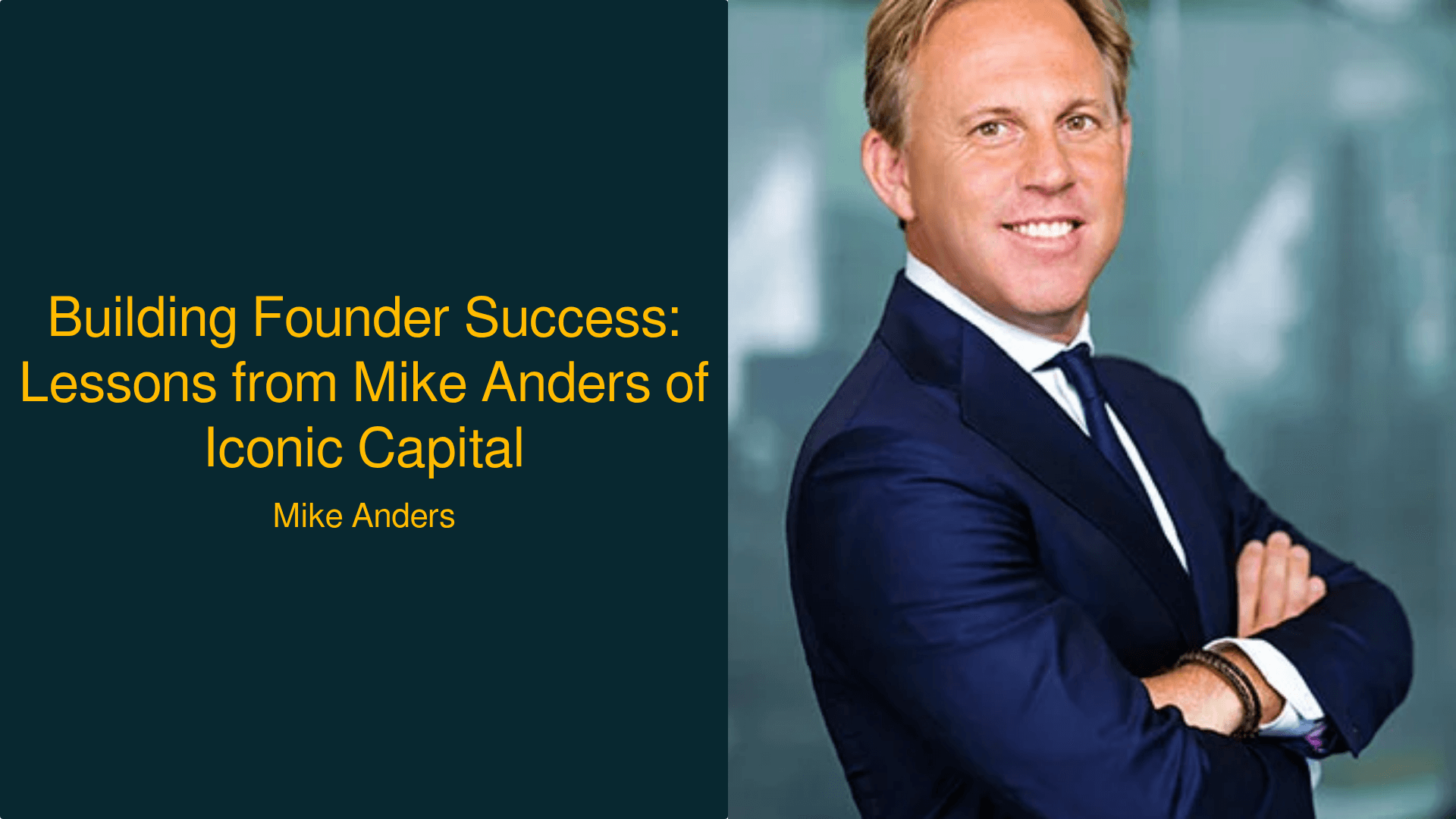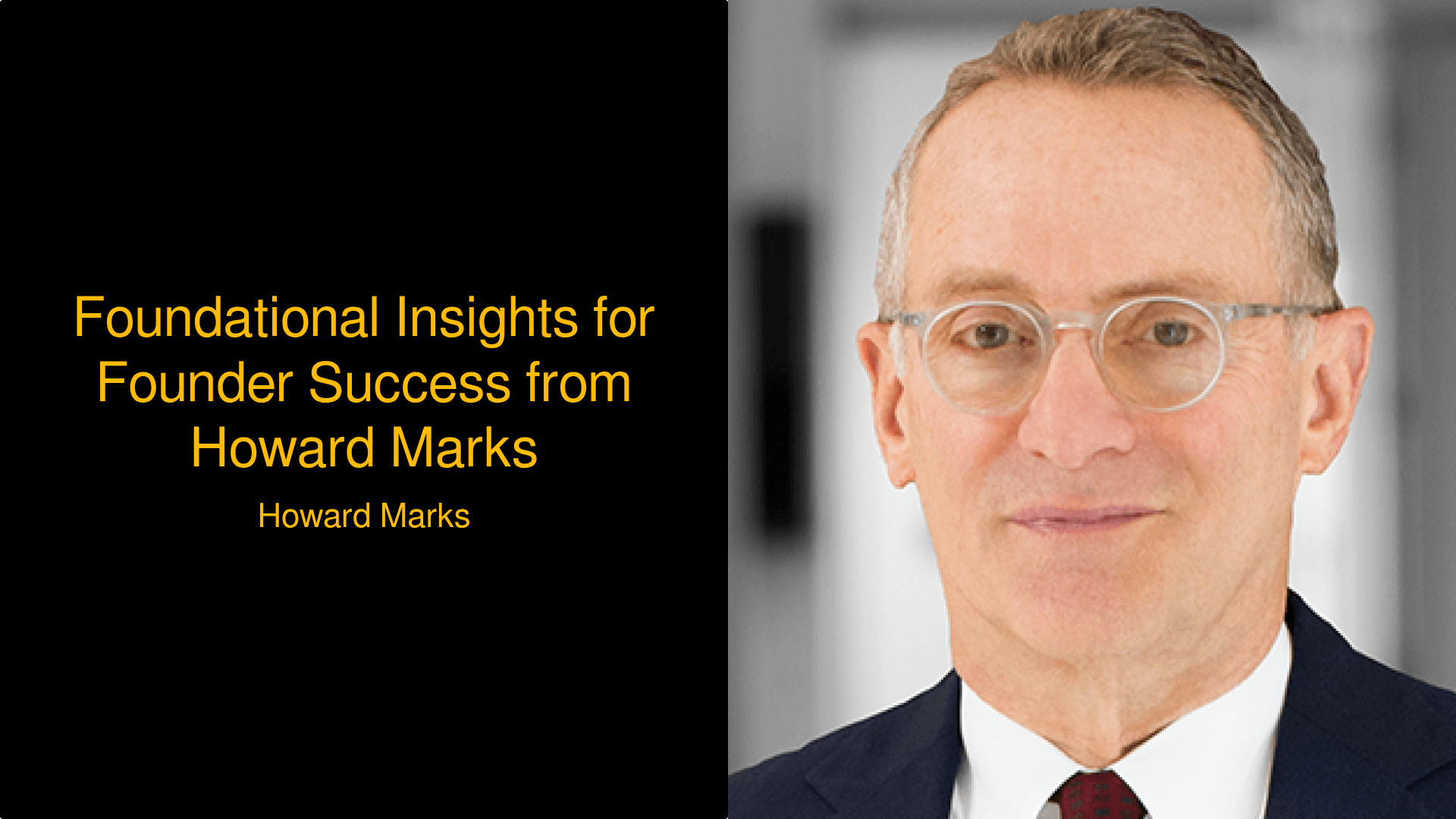Innovative Strategies for Founder Success with Tom Ryan
Discover Tom Ryan's strategies for founder success and innovation in the food industry.

Innovative Strategies for Founder Success with Tom Ryan
In the ever-evolving landscape of entrepreneurship, founder success stories often emerge from innovation and a keen understanding of consumer needs. One such inspiring figure is Tom Ryan, a culinary innovator whose groundbreaking ideas have transformed the fast food industry. From the McGriddle to stuffed crust pizza, Ryan’s creations have not only dazzled taste buds but have also set benchmarks for product development and marketing strategies in the food sector. This article delves into Ryan’s journey, extracting key insights and actionable strategies for aspiring founders looking to achieve similar success. By focusing on innovation, understanding consumer behavior, and leveraging effective marketing, entrepreneurs can carve their paths in competitive markets. Here, we explore the strategies that have defined Tom Ryan’s career and how they can be applied to achieve founder success.
The Power of Consumer Insights
I think there’s always an opportunity. — Tom Ryan
Why it matters: Understanding consumer preferences is crucial for any founder aiming to succeed in a competitive market. Tom Ryan’s approach to product development was grounded in thorough research of consumer behavior. By identifying key drivers of customer satisfaction—such as the importance of cheese in pizza—Ryan created products that resonated deeply with consumers. This section will explore how to gather consumer insights effectively and apply them to product development, ensuring that new offerings meet market demands and drive sales.
How to Apply This
- Conduct surveys or focus groups to gather insights on consumer preferences.
- Analyze existing market data to identify trends and gaps in the market.
- Test prototypes with target audiences to gather feedback before full-scale launch.
- Be willing to iterate based on consumer feedback; adapt products to better meet customer needs.
- Create a feedback loop that consistently gathers input from customers for future improvements.
Innovative Product Development
The crust is the worst part of the pizza. — Tom Ryan
Why it matters: Innovation in product development does not only involve creating something entirely new; it often means reimagining existing products to enhance their appeal. Ryan’s insight into the shortcomings of pizza crust led to the revolutionary idea of incorporating cheese into the crust, resulting in a product that captivated consumers. This section will discuss how to foster a culture of innovation within your team, encouraging creative thinking and experimentation that can lead to breakthrough products.
How to Foster Innovation
- Encourage brainstorming sessions where all ideas are welcome, regardless of feasibility.
- Create a safe space for failure; allow team members to test ideas without fear of repercussions.
- Invest in research and development to explore new technologies and methodologies.
- Look at competitors and analyze what could be improved in their offerings.
- Celebrate and reward innovative ideas that lead to successful product launches.
Marketing with Impact
We need to figure out how to put cheese inside the crust. — Tom Ryan
Why it matters: Effective marketing can elevate a product from obscurity to iconic status. Ryan’s strategic marketing of the stuffed crust pizza not only highlighted the innovative features of the product but also built a strong brand narrative that resonated with consumers. This section will provide actionable marketing strategies that founders can implement to effectively communicate their product’s unique value propositions and build strong brand identities.
How to Create Impactful Marketing
- Develop a clear and compelling value proposition that differentiates your product.
- Utilize storytelling in marketing campaigns to connect emotionally with consumers.
- Leverage social media platforms to create buzz and engage with your target audience.
- Collaborate with influencers or industry leaders to amplify your brand message.
- Measure marketing effectiveness and adjust strategies based on performance metrics.
Building a Culture of Innovation
I study the mind of an ambitious 32 year old. — Tom Ryan
Why it matters: Creating a culture that fosters innovation and creativity is essential for any organization aiming for long-term success. Ryan’s focus on understanding the mindset of his target demographic allowed him to develop products that were not only innovative but also relevant. This section will explore how founders can cultivate a culture of innovation within their organizations, encouraging diverse perspectives and creativity.
How to Build a Culture of Innovation
- Hire diverse talent with different backgrounds and perspectives to stimulate creativity.
- Provide ongoing training and development opportunities to inspire new ideas.
- Establish open communication channels where all team members feel empowered to share their thoughts.
- Encourage cross-departmental collaboration to foster innovative solutions.
- Lead by example; demonstrate your commitment to innovation through your actions and decisions.
Lessons from Tom Ryan’s Journey
I wake up every day. I’m trying to dominate the palette. — Tom Ryan
Why it matters: Tom Ryan’s journey is a testament to the power of innovation, consumer insights, and strategic marketing. Each lesson from his career provides invaluable guidance for aspiring founders. This section will summarize the key takeaways from Ryan’s story and how they can be applied to drive success in any entrepreneurial venture.
Key Takeaways for Founders
- Always listen to your customers; their insights are invaluable.
- Embrace innovation as a core value of your business.
- Develop marketing strategies that resonate emotionally with your audience.
- Foster a culture that encourages creativity and risk-taking.
- Remain adaptable; the business landscape is constantly evolving, and so should you.
Conclusion
In conclusion, Tom Ryan’s remarkable career in the food industry offers a wealth of knowledge for aspiring founders. From understanding consumer preferences to fostering innovation and impactful marketing, his strategies are applicable across various industries. As entrepreneurs navigate the challenges of building successful companies, they can draw inspiration from Ryan’s story, recognizing that success often stems from a combination of creativity, market awareness, and a willingness to adapt. By embodying these principles, founders can position themselves for success in today’s competitive landscape. As you embark on your entrepreneurial journey, remember to prioritize innovation and customer insights, for they are the keys to unlocking your potential for success.


